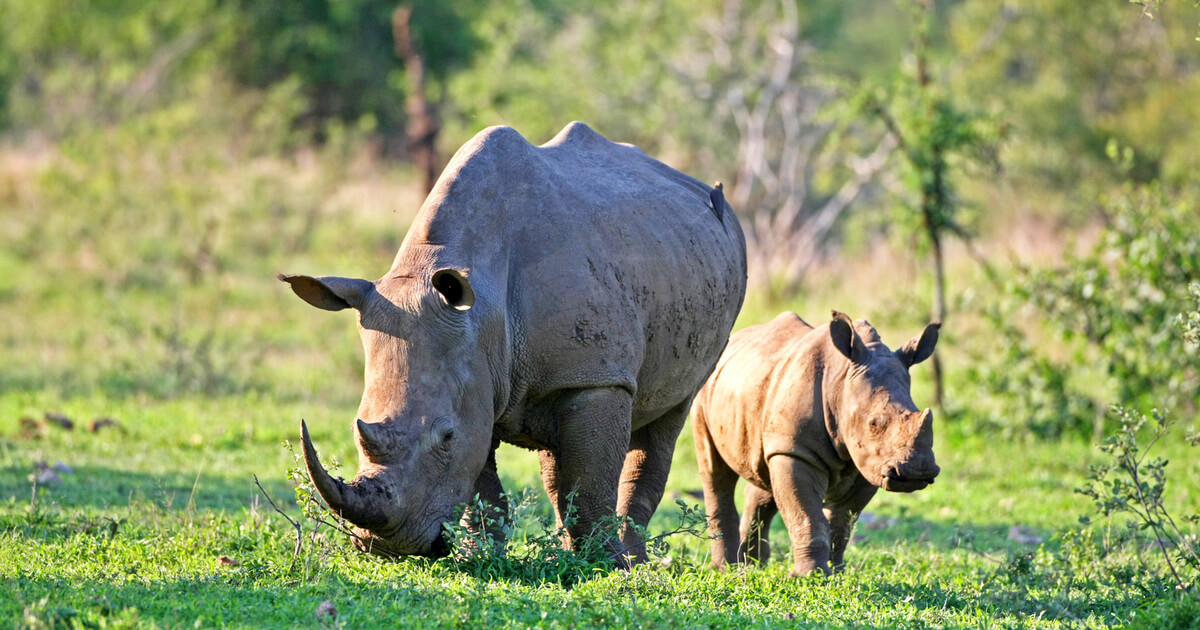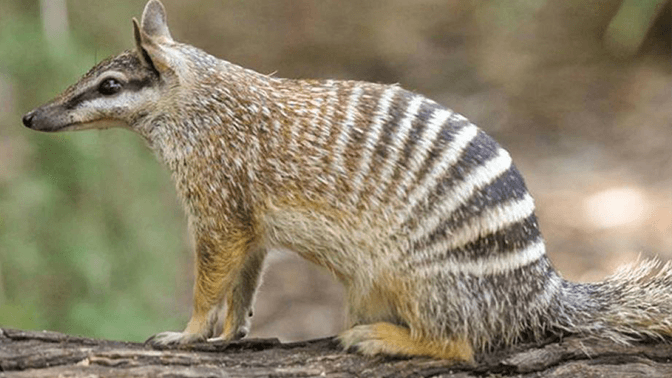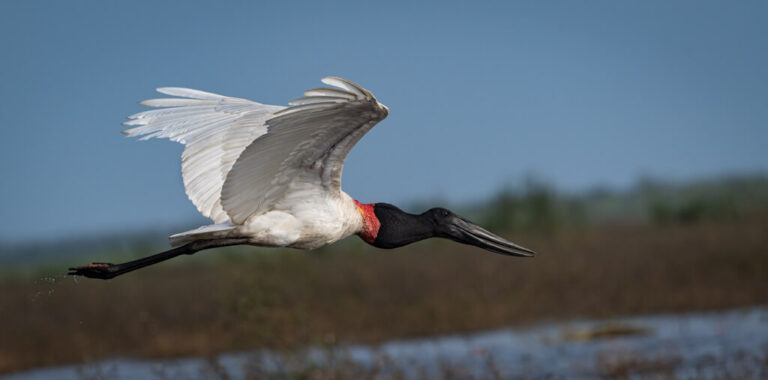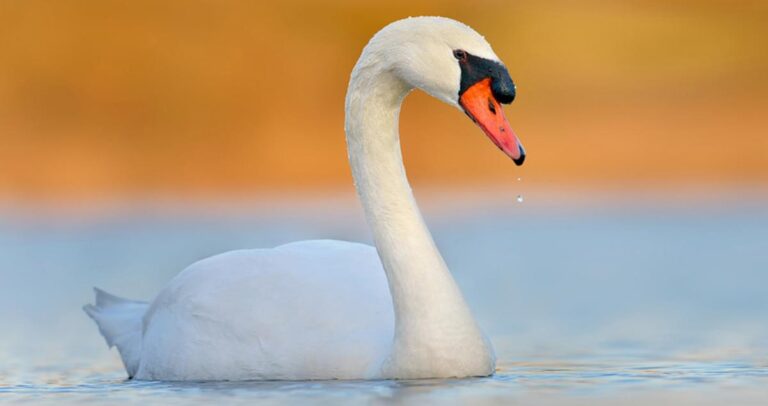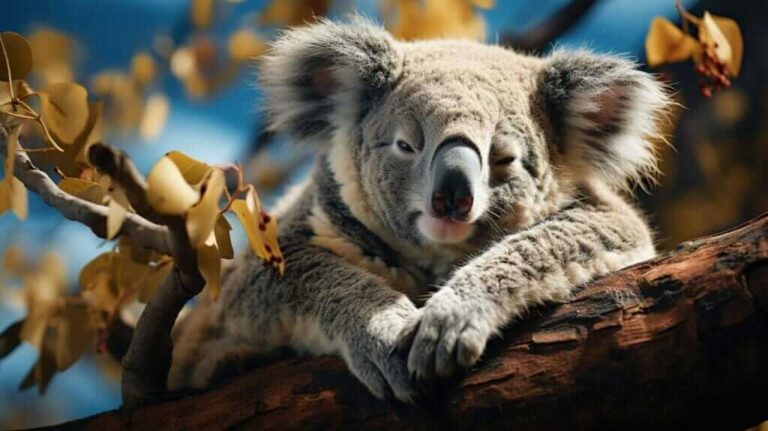Discover the Rhinoceros: Facts, Habitats, and Conservation
The rhinoceros, often called a rhino, is one of Earth’s most iconic and recognizable animals, known for its massive size, thick skin, and impressive horns. Despite their formidable appearance, rhinos face numerous threats, primarily from human activities, making their conservation a critical issue.
This article covers the scientific classification, physical characteristics, habitat, behavior, diet, reproduction, predators, conservation status, interesting facts, evolutionary history, and the rhino’s relationship with humans.
Contents
Scientific Classification
- Kingdom: Animalia
- Phylum: Chordata
- Class: Mammalia
- Order: Perissodactyla
- Family: Rhinocerotidae
- Genus: Diceros (Black Rhino), Ceratotherium (White Rhino), and others
- Species: Five existing species—White Rhino, Black Rhino, Indian Rhino, Javan Rhino, and Sumatran Rhino.
Physical Characteristics

Rhinos are known for their thick, protective skin, which appears grayish-brown and is often covered in mud to protect against insects and sunburn. They have large bodies with stout legs, broad chests, and a distinctive hump on their shoulders. Here are some key physical traits:
- Size: Rhinos are among the largest land mammals. The White Rhino can weigh up to 5,000 pounds (2,300 kg) and measure up to 13 feet (4 meters) in length.
- Horns: Rhinos are famous for their horns, which are made of keratin, the same protein found in human hair and nails. They have one or two horns depending on the species, with the front horn usually larger.
- Skin: Their skin can be up to 2 inches thick and is deeply folded in some species, such as the Indian Rhino, which has an armor-like appearance.
- Eyesight: Rhinos have relatively poor eyesight but compensate with an excellent sense of smell and hearing.
Habitat
Rhinos inhabit various ecosystems, including savannas, grasslands, tropical and subtropical forests, and swamps. Each species has specific habitat preferences:
- White and Black Rhinos: Found primarily in savannas and grasslands of Africa, especially in South Africa, Namibia, Zimbabwe, and Kenya.
- Indian Rhino: Native to the grasslands and forests of India and Nepal, often near riverine areas.
- Javan Rhino: Found in dense tropical rainforests of Java, Indonesia.
- Sumatran Rhino: Inhabits mountain and lowland rainforests on Sumatra and Borneo.
Behavior

Rhinos are generally solitary animals, although some species, like the White Rhino, can be more social, forming small groups known as crashes. They are known for their territorial behavior:
- Territory: Males are highly territorial, marking their areas with dung and urine. They may engage in aggressive displays to defend their space.
- Wallowing: Rhinos frequently use mud to cool off, protect their skin from sunburn, and deter parasites.
- Communication: Rhinos communicate through vocalizations, scent markings, and body language.
Diet
Rhinos are herbivores with diets that vary by species:
- White Rhino: Grazers that primarily eat grass.
- Black Rhino: Browsers that consume leaves, branches, and shrubs.
- Indian, Javan, and Sumatran Rhinos: Mixed feeders, eating a variety of grasses, fruits, and foliage.
Reproduction
Rhinos have slow reproductive rates, which makes their conservation challenging:
- Gestation: The gestation period is about 15 to 16 months, with usually one calf born at a time.
- Calves: Newborn calves are relatively small compared to their massive mothers and are dependent for up to two years.
- Maturity: Females reach sexual maturity at 4-7 years, while males mature around 7-10 years later.
Predators
Adult rhinos have no natural predators due to their size and thick skin, but calves are vulnerable to large predators like lions, hyenas, and crocodiles. However, the greatest threat to rhinos comes from humans:
- Poaching: Rhinos are heavily poached for their horns, which are highly valued in traditional medicine and as status symbols, particularly in parts of Asia.
Conservation Status
The conservation status of rhinos varies significantly among species:
- Critically Endangered: Javan, Sumatran, and Black Rhinos.
- Vulnerable: Indian Rhino.
- Near Threatened: White Rhino.
Conservation efforts include:
- Strict anti-poaching laws.
- Habitat protection.
- Captive breeding programs.
- Relocating rhinos to safer areas.
Interesting Facts
- Speed: Despite their size, rhinos can run up to 30 mph (48 km/h).
- Ancient Lineage: Rhinos have been around for over 50 million years.
- Poor Eyesight: Rhinos rely more on hearing and smell, often charging out of fear.
Evolutionary History
The ancestors of modern rhinos date back to the Eocene epoch, around 50 million years ago. Early rhinos were smaller, had no horns, and some even resembled modern-day horses. Over time, they evolved into the large, horned animals we recognize today, adapting to diverse habitats across Asia, Europe, and Africa.
Relationship with Humans
Rhinos have a complex relationship with humans. They are culturally significant in many societies and often symbolize strength and resilience. However, human activities, especially poaching and habitat destruction, have driven them to extinction. Conservation groups worldwide work tirelessly to protect and restore rhino populations.
Conclusion
Rhinoceroses are majestic creatures that play a vital role in their ecosystems. Despite their tough exterior, rhinos are vulnerable to extinction due to human activities. Understanding their behavior, habitat needs, and conservation challenges is essential to ensuring these incredible animals continue to roam the Earth. The battle to save rhinos is ongoing, and with concerted global efforts, there is hope for their survival.
- Golden Retriever Pros and Cons: What Every Pet Parent Should Know - 15 September 2025
- Cane Corso Dog Breed: Health, Care, and Lifespan - 14 September 2025
- Catahoula Leopard Dogs: Description, Temperament, Lifespan, & Facts - 21 July 2025

